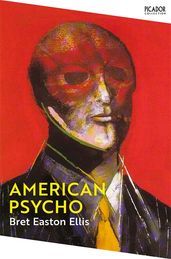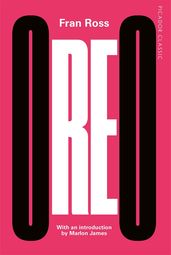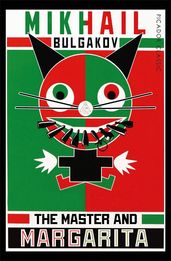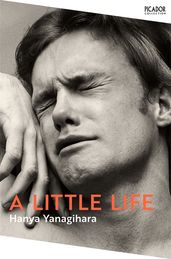10 cult books which live up to the hype
Have you ticked these cult books off your reading list? Discover ten brilliantly unusual books which grew their small, devoted readership to become legendary, defying convention and captivating readers worldwide.

What makes a book a 'cult classic'? Is it the unforgettable characters? The quotable lines? Or the way it worms into your brain and refuses to leave, long after you’ve turned the last page? Whether it's the offbeat humour of The Hitchhiker’s Guide to the Galaxy, the satirical bite of American Psycho, or the psychedelic ride of The Electric Kool-Aid Acid Test, cult books have a unique way of building loyal, obsessive followings.
Here, we celebrate the novels that have inspired midnight debates, fan art, and endless re-reads. So grab your dog-eared copy (or join the fandom for the first time) and discover why these cult classics have earned their legendary status. Warning: side effects may include sleepless nights, book recommendations to strangers, and a newfound obsession with alien hitchhikers.
The Hitchhiker's Guide to the Galaxy
by Douglas Adams
Few books have achieved the cult status of The Hitchhiker's Guide to the Galaxy. What began as a BBC radio show blossomed into a sci-fi phenomenon, spawning TV adaptations, stage plays, and a feature film. The first book in the series introduces readers to Arthur Dent, a hapless everyman thrust into intergalactic chaos. Adams’s wit is razor-sharp, blending clever satire with a surreal humour that pokes fun at bureaucracy, existentialism, and life itself.
The Pan Book of Horror Stories
by Various
Launched in 1959 and edited by Herbert Van Thal, The Pan Book of Horror Stories is a legendary anthology series that ran for thirty volumes, becoming a cornerstone of British horror fiction. Known for its unapologetic embrace of gore, the series delighted fans with its lurid cover art and gruesome plots. Though controversial at times for its shocking content, the series achieved cult status by capturing the raw, unsettling essence of fear. This edition contains twenty-two terrifying tales of horror for the bravest readers.
Don't Miss
Killer crabs, deranged slashers and Pinhead: bestselling author Grady Hendrix takes us on a tour of British horror
Read moreThe Well of Loneliness
by Radclyffe Hall

Radclyffe Hall’s courageous and deeply personal novel, The Well of Loneliness, has garnered a devoted following since its publication in 1928. The novel tells the story of Stephen Gordon, a woman whose love for other women challenges societal norms. Banned for ‘obscenity’ upon release, the book faced widespread censorship but also became a rallying cry for LGBTQ+ visibility and acceptance. Its unflinching exploration of identity, rejection, and resilience struck a chord with marginalized readers, offering a rare voice for the queer community in an era of silence.
American Psycho
by Bret Easton Ellis
Dark, disturbing, and undeniably iconic, American Psycho by Bret Easton Ellis is a satirical masterpiece that shocks and fascinates readers in equal measure. Set in the superficial world of 1980s Wall Street, it follows Patrick Bateman, a wealthy investment banker whose polished exterior hides a chilling, violent side. The book’s graphic violence sparked controversy upon release, but its biting social commentary and dark humour have since earned it cult status. Love it or hate it, this novel is an unforgettable exploration of the human psyche and society's obsession with wealth, power, and image – making it a must-read for those drawn to the dark side of literature.
Trainspotting
by Irvine Welsh
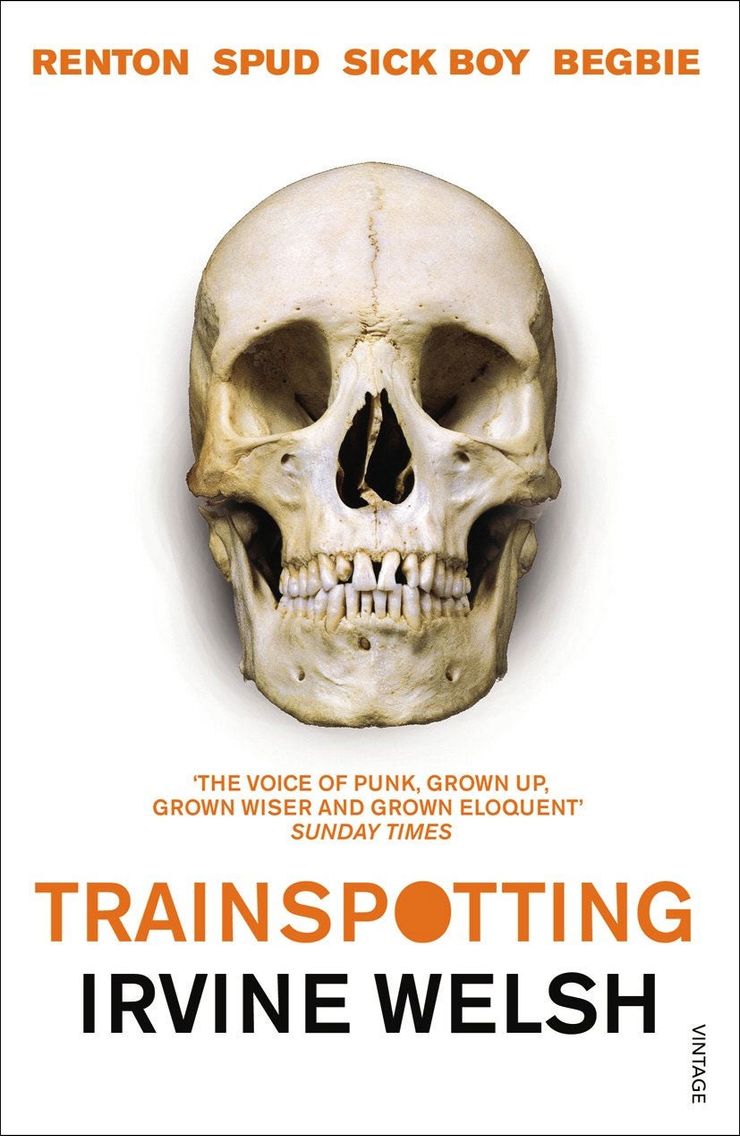
A gritty portrayal of addiction, friendship, and survival in 1980s Edinburgh, Trainspotting is an undeniable modern cult classic. Written in a Scottish dialect, the novel follows a group of heroin addicts navigating their chaotic lives while grappling with poverty, nihilism, and fleeting moments of hope. Irvine Welsh’s vivid and uncompromising prose immerses readers in the highs and lows of addiction, offering moments of brutal honesty alongside unexpected humour and poignancy.
Oreo
by Fran Ross
Ahead of its time and criminally overlooked upon its initial release, Oreo by Fran Ross is a sharp, satirical gem that has since found a well-deserved cult following. The plot follows Christine 'Oreo' Clark, a biracial young woman on a quest to find her Jewish father, armed only with a cryptic note he left behind. Along the way, she encounters an unforgettable cast of characters in a wild journey that flips conventional narratives on their heads. This genre-defying novel blends comedy, cultural critique, and mythological allusions into a story that is as clever as it is bold.
The Master and Margarita
by Mikhail Bulgakov
A must-read for those who love their literature bold, thought-provoking, and utterly unforgettable, The Master and Margarita is a literary masterpiece that defies categorization. The story weaves together multiple narratives: the Devil and his bizarre entourage causing chaos in 1930s Moscow, the love story between the Master and Margarita, and a reimagining of Pontius Pilate’s trial of Jesus. Beloved for its audacity and brilliance, The Master and Margarita has achieved cult status, inspiring countless adaptations and interpretations.
A Little Life
by Hanya Yanagihara
Heart-wrenching, intimate, and profoundly moving, A Little Life by Hanya Yanagihara has earned a cult-like following for its unflinching exploration of friendship, trauma, and resilience. The novel follows the lives of four college friends as they navigate adulthood in New York City, with the story focusing on Jude St. Francis, a brilliant yet deeply scarred man grappling with a harrowing past. Though polarizing due to its intense subject matter, this novel has become a touchstone for readers seeking emotionally powerful and deeply affecting literature.
A Clockwork Orange
by Anthony Burgess

A cult classic that has inspired heated debate, stage adaptations, and an iconic Stanley Kubrick film, A Clockwork Orange remains a deeply provocative read. Written in a unique, invented slang called ‘Nadsat’, the novel follows Alex, whose gleeful lawlessness collides with the state’s oppressive efforts to ’cure’ him through psychological conditioning. This controversial novel forces readers to question whether stripping someone of their ability to choose – even when their actions are undeniably horrific – can ever be acceptable.
The Electric Kool-Aid Acid Test
by Tom Wolfe
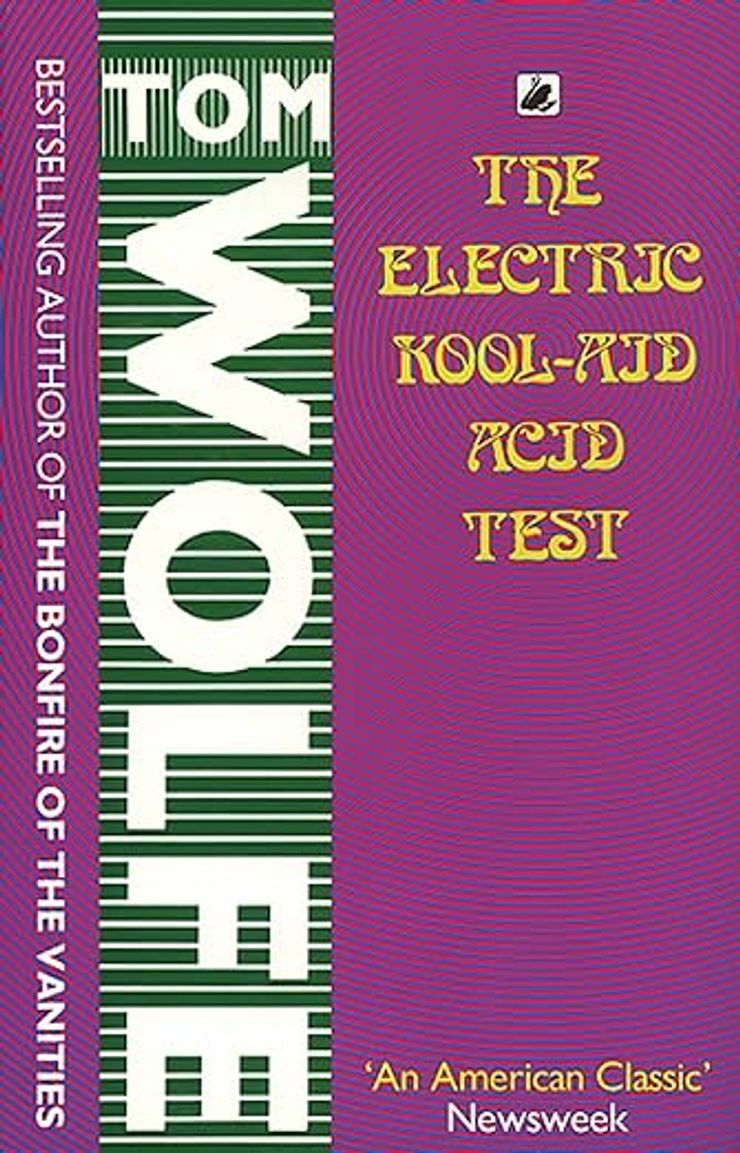
A cult classic for its unapologetic celebration of individuality and counterculture, Tom Wolfe’s The Electric Kool-Aid Acid Test is a psychedelic odyssey through the countercultural revolution of the 1960s. Chronicling the real-life escapades of Ken Kesey and his Merry Pranksters, the book captures their acid-fueled journey across America in a wildly painted bus, spreading their message of freedom, experimentation, and rebellion. Buckle up –it’s a trip you won’t forget.
Discover even more cult books in this episode of Book Break:


